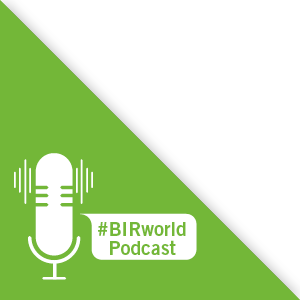As more Scandinavians become vaccinated, the region is reopening and economic activity is exceeding pre-pandemic levels in many instances. Driven by increased spending by private households, the countries’ economies are expected to reach their pre-crisis levels in early 2022.
At the mid-point of 2021, most non-ferrous traders in Scandinavia were able to look back on a period of very high activity as the steep increases in LME prices have attracted large volumes of material into the market.
Many companies in Denmark are facing severe shortages of both production materials and labour; for instance, the price of construction timber has leapt by a factor of four compared to a year ago. In the first quarter, wages in the construction sector increased by 3.5% per annum. In the service sector, recruiting staff has been a challenge in some areas too. Denmark’s GDP is expected to grow by 3% in 2021.
In Sweden, GDP is also expected to improve significantly in 2021, with some sources predicting growth of more than 3% driven mainly by sharp increases in private consumption. As in Denmark, property prices in Sweden are also climbing dramatically - in some sectors by more than 20% compared to last year.
In Norway, the combination of a rising number of COVID vaccinations and a falling infection rate has prompted the authorities to loosen restrictions. As for the Norwegian economy, GDP is expected to grow by more than 3.5% this year. The increase in real estate prices is now more modest.
In Finland too, COVID restrictions are gradually being lifted. The country’s GDP growth seems to be more modest than in the rest of Scandinavia, with some sources predicting an increase of around 2.5%. The Finnish housing market is also performing very well for the moment.

Mogens Bach Christensen
H.J.Hansen Genvindingsindustri A/S (DNK), Board Member of the BIR Non-Ferrous Metals Division
Country
 Nordic Countries
Nordic Countries
